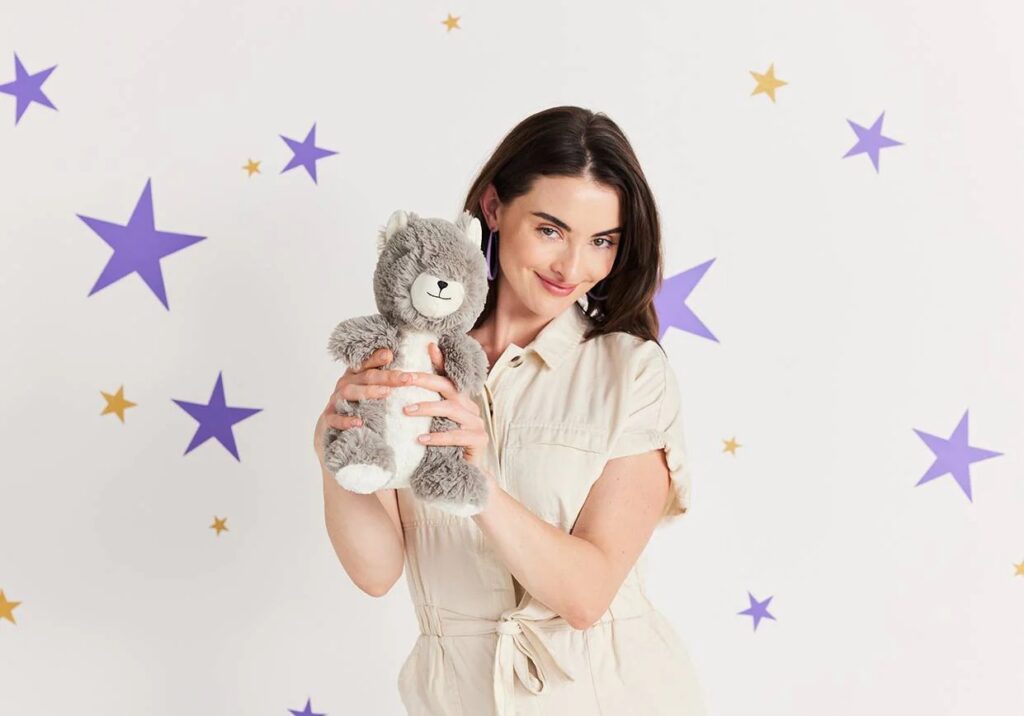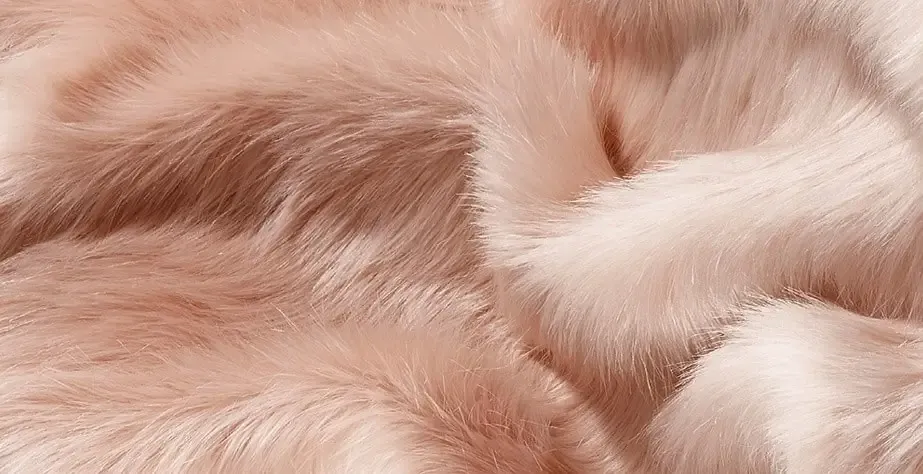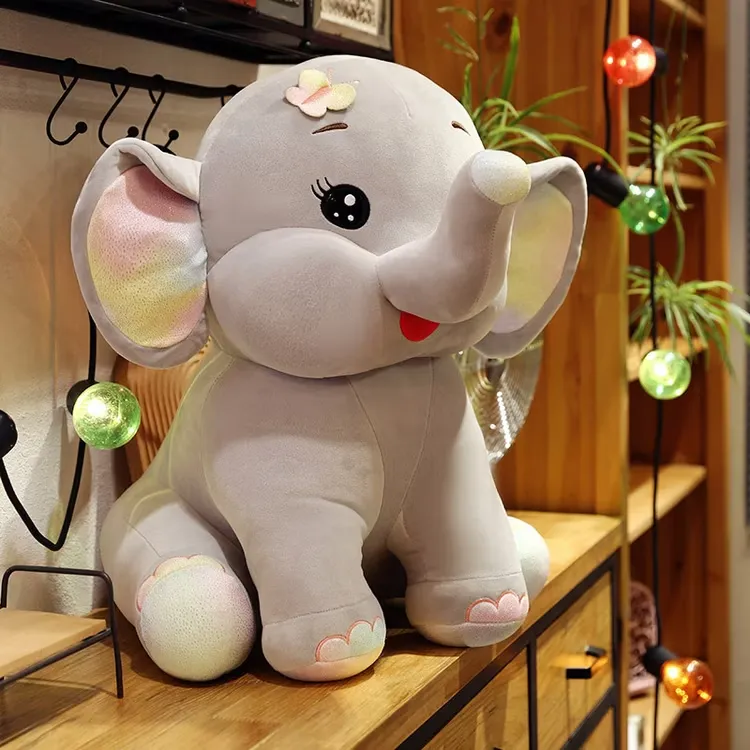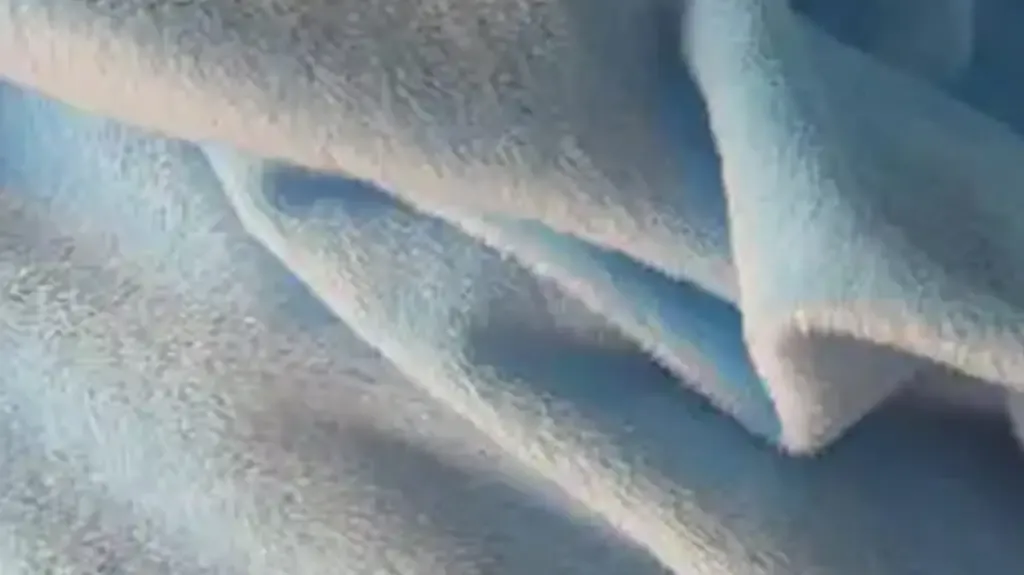When it comes to buying plush toys, the phrase “cheap plushies” often raises eyebrows. What exactly goes into making these affordable cuddly companions? Are they just low-quality imitations, or is there more beneath the surface? Understanding the materials behind cheap plushies is key for parents, retailers, and collectors who want the best value without compromising safety or durability.
Summary: Cheap plushies are primarily made from synthetic fabrics like polyester and low-cost cotton blends, filled with inexpensive polyester fiberfill or foam pellets. These materials allow manufacturers to produce plush toys affordably while maintaining basic softness and shape. However, quality and safety can vary widely depending on sourcing and manufacturing standards.
Imagine walking into a toy store and seeing rows of plush toys priced under $10 — what makes those plushies so affordable? The secret lies in their materials and manufacturing processes. Stick with me as we unravel what cheap plushies are made of and how you can spot quality even on a budget.
1. What Materials Are Commonly Used in Cheap Plushies?

Cheap plushies mostly use synthetic fabrics such as polyester velboa, fleece, or microfiber combined with polyester fiberfill stuffing. These materials balance softness and cost-efficiency, enabling mass production at low prices.
Materials Behind Affordable Plush Toys
Polyester Fabric: The Backbone of Cheap Plushies
Polyester is favored for its affordability, durability, and ease of dyeing. It offers a soft touch but can vary in quality depending on fiber thickness and weave. While some polyester plush fabrics feel silky smooth, cheaper versions might feel coarse or prone to pilling.
Cotton Blends: When Natural Meets Synthetic
Some budget plushies include cotton blends to add breathability and a more natural feel. However, 100% cotton is rarely used for cheap plushies due to cost and durability concerns.
Stuffing: Polyester Fiberfill vs. Alternatives
Polyester fiberfill is the go-to stuffing for cheap plush toys because it’s lightweight, inexpensive, and holds shape well. Alternatives like foam pellets or recycled fiber are less common but sometimes used to enhance texture or eco-friendliness.
Why Materials Matter Beyond Cost
Material choice impacts not only cost but also safety, durability, and environmental footprint. For example, cheap polyester fabrics may off-gas chemicals or shed microfibers, raising health and ecological concerns.
| Material Category | Description | Advantages | Potential Drawbacks |
|---|---|---|---|
| Polyester Fabric | Affordable, durable synthetic fabric; varies in quality by fiber thickness and weave | Soft touch, easy to dye, cost-effective | Lower-quality polyester may feel coarse or pill easily |
| Cotton Blends | Mix of cotton and synthetic fibers for breathability and natural feel | More breathable than pure synthetics | Rarely 100% cotton in cheap plushies due to cost & durability |
| Polyester Fiberfill Stuffing | Lightweight, inexpensive stuffing material that holds shape well | Maintains plush shape, cost-efficient | May shed microfibers; potential chemical off-gassing |
| Foam Pellets / Recycled Fiber Stuffing | Alternatives to polyester fiberfill; less common but used for texture or eco-friendliness | Adds texture; eco-friendlier option | Less common in cheap plushies; may increase cost |
| Material Impact Beyond Cost | Material choice affects safety, durability, and environmental footprint | Can influence product lifespan and eco-impact | Cheap polyester may release chemicals or microplastics |
2. How Does Material Quality Affect Plushie Durability and Safety?

Higher quality materials make plushies more durable, safer, and comfortable. Low-cost fabrics and stuffing may degrade quickly or pose safety risks such as choking hazards or allergen exposure.
Evaluating Durability and Safety in Cheap Plushies
Durability: Stitching and Fabric Strength
Cheap plushies often compromise on stitching density and fabric thickness, leading to seam splits or fabric tears after minimal use. Double-stitched seams and tighter weaves indicate better durability.
Safety Concerns: Toxic Chemicals and Small Parts
Materials used in low-cost plushies might not always comply with stringent safety standards, risking chemical exposure or loose parts (buttons, eyes) that can be choking hazards for children.
Testing and Certification
Reputable manufacturers submit plush toys to safety tests such as ASTM F963 or EN71. Consumers should look for certifications that confirm plushies meet these standards, regardless of price.
| Aspect | Description | Key Points / Indicators | Potential Risks / Concerns |
|---|---|---|---|
| Durability | Quality of stitching and fabric strength determines plushie lifespan | Double-stitched seams, tight fabric weave | Low stitching density and thin fabric lead to tears and seam splits |
| Safety Concerns | Materials may contain toxic chemicals or small detachable parts | Avoid loose buttons or eyes; comply with safety standards | Risk of chemical exposure and choking hazards for children |
| Testing and Certification | Verification through safety standards testing ensures product compliance | Certifications like ASTM F963, EN71 | Lack of certification increases risk of unsafe products |
3. Which Manufacturing Processes Influence the Cost of Plush Toys?

Mass production techniques, automation, and streamlined assembly reduce production costs but may impact plushie quality depending on process controls.
How Manufacturing Shapes Plush Toy Cost and Quality
Mass Production and Automation
Factories use automated cutting, sewing, and stuffing to speed up production and lower labor costs. However, over-automation without quality checks can cause defects or inconsistent product quality.
Hand-finishing and Detailing
Adding embroidered eyes or hand-sewn accents increases production time and cost but enhances plushie durability and appearance. Cheap plushies often use plastic safety eyes and minimal detailing to save costs.
Material Sourcing and Bulk Purchasing
Large-scale material sourcing at discounted rates helps keep input costs low. However, suppliers cutting corners on raw materials can affect the plushie’s feel and longevity.
| Manufacturing Process | Description | Impact on Cost | Effect on Quality |
|---|---|---|---|
| Mass Production & Automation | Automated cutting, sewing, and stuffing to increase speed and reduce labor costs | Lowers production cost significantly | May cause defects or inconsistent quality without strict QC |
| Hand-finishing & Detailing | Embroidery and hand-sewn accents add craftsmanship | Increases production time and cost | Enhances durability and aesthetic appeal |
| Material Sourcing & Bulk Purchasing | Buying raw materials in large quantities at discounted prices | Reduces input material costs | Risk of quality reduction if suppliers cut corners |
4. Do Cheap Plushies Meet Environmental and Sustainability Standards?

Most cheap plushies are made with conventional synthetic materials, which generally have a larger environmental footprint compared to natural or recycled alternatives.
Environmental Impact of Affordable Plush Toys
Synthetic Fabrics and Microplastic Pollution
Polyester and other synthetic fibers shed microplastics during washing and wear, contributing to environmental pollution. Cheap polyester often lacks sustainable production certifications.
Lack of Recycled or Organic Materials
Inexpensive plushies rarely incorporate recycled fabrics or organic fibers due to higher material costs, limiting their appeal to eco-conscious consumers.
Emerging Trends in Sustainable Cheap Plushies
Some manufacturers are experimenting with recycled polyester or bio-based fibers even in budget ranges to reduce impact, but these remain niche and not widespread.
| Environmental Aspect | Description | Impact on Cheap Plushies | Emerging Trends / Notes |
|---|---|---|---|
| Synthetic Fabrics & Microplastic Pollution | Polyester and synthetic fibers shed microplastics during use and washing | Common in cheap plushies; typically lack sustainability certifications | Major contributor to environmental pollution |
| Lack of Recycled or Organic Materials | Budget plushies seldom use recycled or organic fibers due to higher costs | Limits eco-friendly appeal | Higher material costs prevent wide adoption |
| Emerging Sustainable Trends | Some manufacturers experiment with recycled polyester or bio-based fibers even for cheap plushies | Niche market segment; not yet mainstream | Potential for growth as demand for sustainability rises |
5. How Can Consumers Identify Good Quality Plushies Despite Low Prices?

Even on a budget, consumers can find plushies that balance cost and quality by focusing on material feel, construction, and certifications.
Tips for Spotting Value in Cheap Plushies
Feel and Fabric Weight
Higher quality plush fabrics feel soft but dense, not thin or plasticky. Heavier fabric weight usually indicates better durability.
Seams and Stitching Quality
Check for tight, even stitching and reinforced seams to ensure longevity.
Safety Certifications and Labels
Look for labels indicating compliance with safety standards like ASTM F963, CE marking, or CPSIA compliance.
Transparent Sourcing and Brand Reputation
Brands that openly share material sourcing and manufacturing details tend to prioritize quality and safety, even at lower price points.
| Identification Criteria | What to Look For | Why It Matters |
|---|---|---|
| Feel and Fabric Weight | Soft but dense fabric, not thin or plasticky | Indicates better durability and quality |
| Seams and Stitching Quality | Tight, even stitching with reinforced seams | Prevents tearing and extends plushie lifespan |
| Safety Certifications and Labels | Labels such as ASTM F963, CE, CPSIA compliance | Ensures compliance with safety regulations |
| Transparent Sourcing & Brand Reputation | Brands that disclose material sourcing and production details | Reflects commitment to quality and safety |
6. What Innovations Are Emerging to Improve Cheap Plush Toy Quality?

Innovations in fabric technology and sustainable materials are gradually making their way into affordable plushies, improving quality and reducing environmental harm.
Innovation Trends in Budget Plush Toys
Recycled Polyester and Eco-friendly Fibers
Manufacturers are incorporating recycled PET fibers from plastic bottles, lowering raw material costs while improving sustainability.
Smart Textiles and Enhanced Softness
New microfiber blends and anti-pilling treatments enhance plush softness and durability without significant cost increases.
Digital Printing and Automated Embroidery
Advanced digital printing reduces waste and adds detail affordably, while automated embroidery improves finish quality at scale.
| Innovation Area | Description | Benefits | Impact on Cheap Plush Toys |
|---|---|---|---|
| Recycled Polyester & Eco-friendly Fibers | Use of recycled PET fibers from plastic bottles | Lowers raw material costs; improves sustainability | Makes budget plushies greener without major cost hikes |
| Smart Textiles & Enhanced Softness | Microfiber blends and anti-pilling treatments | Improves softness and durability | Enhances quality and lifespan at affordable price points |
| Digital Printing & Automated Embroidery | Advanced printing and automated embroidery techniques | Reduces waste; adds detailed, consistent finishes | Allows better design and craftsmanship in mass production |
Conclusion
Cheap plushies are mainly crafted from synthetic fabrics like polyester and stuffed with polyester fiberfill, balancing softness, durability, and cost-efficiency. However, quality and safety depend heavily on material sourcing, manufacturing practices, and compliance with safety standards. By understanding what cheap plushies are made of, consumers can make informed choices, balancing price, quality, and environmental concerns.
If you’re interested in custom plush toy solutions that combine affordability with high quality, durability, and eco-friendly materials, Kinwin is your trusted partner. Contact us today for a personalized quote and experience the difference of expertly crafted plush toys tailored to your needs.




